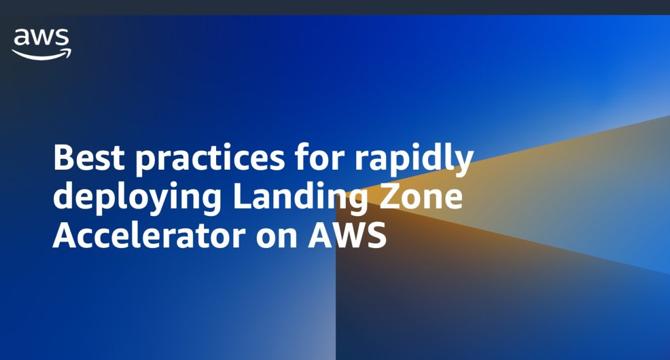Amazon
1M
13

Image Credit: Amazon
Best practices for rapidly deploying Landing Zone Accelerator on AWS
- Landing Zone Accelerator on AWS (LZA) allows for a flexible, configuration-driven landing zone setup using AWS Control Tower, commonly integrated with GitOps workflows.
- The LZA solution involves two repositories - one for source code and another for organization-specific configurations, each managed through AWS CodePipelines.
- Steps for deploying LZA include preparing a private GitHub for hosting source code, installing LZA as a CloudFormation Stack, and validating created pipelines in AWS CodePipeline console.
- LZA utilizes GitHub for source code and S3 for configuration repository; auto-generating initial configuration YAML files for easy start.
- Migration to GitOps processes involves moving the initial S3 configuration files to a GitHub repository for better control over configuration changes.
- By following outlined steps, organizations can efficiently establish and manage their AWS infrastructure using LZA with compliance to policies and with reduced complexity.
- Authors Lei Shi and Adam Spicer from AWS Professional Services provide guidance for implementing LZA effectively and leveraging GitOps for AWS infrastructure management.
- LZA implementation steps aim to simplify the deployment process and ensure alignment with organizational policies, leading to a robust AWS infrastructure foundation.
- LZA Installer pipeline auto-generates configuration files in S3, while AWSAccelerator-Pipeline manages landing zone deployment and customization.
- Efforts to integrate GitOps into the LZA solution streamline managing configuration updates and align the process with existing organization practices.
Read Full Article
Like
For uninterrupted reading, download the app